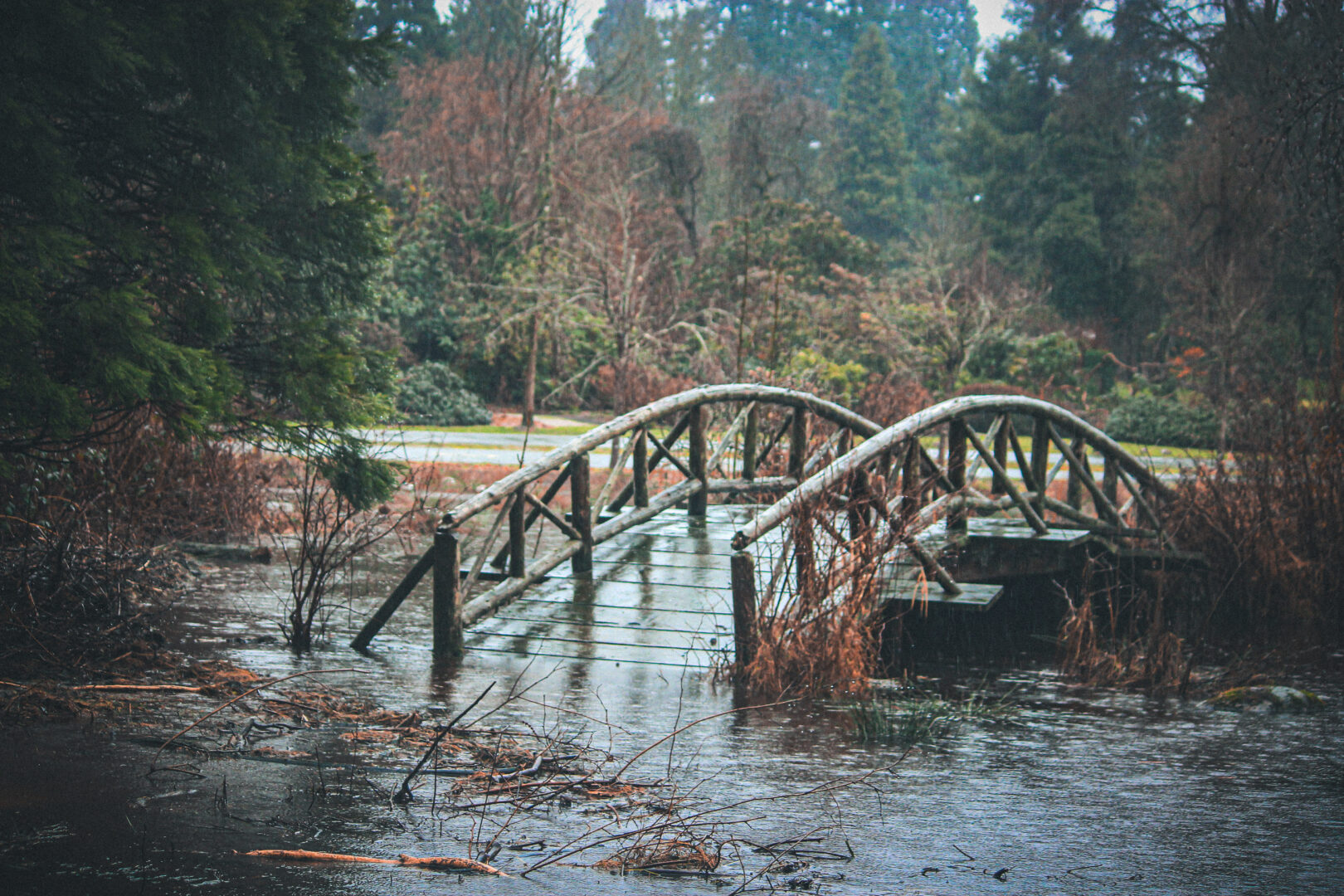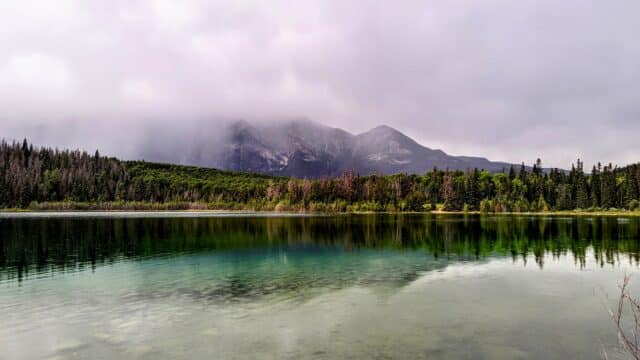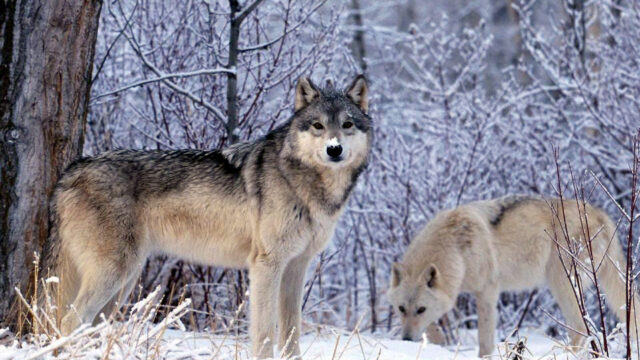On World Wetlands Day, Ecojustice’s Shayoni Mehta takes a walk through Vancouver’s Ceperely Meadows and explores the interconnectedness between wetlands and different aspects of physical, mental and environmental health.
We have all heard of ‘a walk in the woods’ but how about ‘a while in the wetlands?’ Amid the urban sprawl of West End Vancouver, near Second Beach in Stanley Park, lies Ceperely Meadows. Joggers, dog walkers and cyclists criss-cross across the park’s soggy trail in the rainy afternoon. Many however, like me, merely amble along to watch little wetland critters going about their business.
This marsh provides a smorgasbord of food for a range of native plants, insects, microbes, birds, and mammals. The abundant biodiversity makes it a fascinating place to while away time watching wood ducks fight over grub, or idle over the bridge looking at croaking frogs puff their cheeks out. Sometimes a curious racoon paces shiftily at the edge of the pond near the beaver dam while the beaver is out, presumably doing what beavers do — busy building more little dams, vital to preserving the wet, waterlogged conditions necessary for wetlands.
Lucky for the inhabitants of Vancouver, Ceperley Meadows is a natural treasure in the heart of the city. But the park is far more than just a good place to spot cute critters. Wetlands provide value to our communities that no other ecosystem can, purifying air and water, providing flood protection, reducing erosion, and more. They are also a vital ally in the fight against the dual biodiversity and climate crises.

What is a wetland?
Wetlands are created by the seeping of nearby groundwater, aquifers, lakes, rivers, or seas that saturate the land. They are a transition zone between the larger water body and dry land and can be freshwater or saltwater. Bogs, peats, fens, marshes, billabongs, sumps, and swamps all make up 13 per cent of the Canadian landmass that is covered by wetlands.1
These wet wonderlands play host to a diverse range of plant, animal, and insect species. Aquatic plants thrive in this ecosystem and the soggy soil is a nutrient-rich pitstop for migratory birds on the ‘pacific flyway.’

Why are wetlands important?
Wetlands are extremely efficient air and water purifiers, in fact, they store more carbon than any other ecosystem on Earth making them a critical frontline defence in the fight against climate change. This also means that when wetlands are destroyed, immense amounts of carbon are released into the atmosphere, exacerbating the climate crisis.
Wetlands are estimated to store twice as much carbon in their soil than tropical forests. Freshwater wetlands, like Ceperely Meadows, are particularly potent carbon sinks, storing ten times more carbon than saltwater wetlands. Older, freshwater wetlands can sequester more carbon than they release. Peatlands like those found across Canada, store three times as much carbon as boreal and tropical forests combined.
Wetlands further help protect us from the impacts of climate change by helping regulate floods and shielding against extreme weather events. They act like giant sponges or reservoirs. During heavy rains, which Vancouver has been known to have from time to time, wetlands absorb excess water, reducing the risks and impacts of flooding. Wetlands also play a critical role in preventing coastal erosion, mitigating the impacts of storm surges that can wash away fragile beaches and threaten coastal communities. Wetlands act as natural buffers against storms, floods, hurricanes, and wildfires.
Economically, wetlands not only contribute billions of dollars to the economy through fishing and recreational activities but also dramatically reduce the cost of wastewater treatments and stormwater surges. When New York City planners did the math, they concluded that investing $1.5 billion in preserving the wetlands upstate would save them $3-8 billion dollars in new water treatment plants.2

Canada’s wetlands are under threat
Globally, nature is disappearing faster than anytime in human history; and our critical wetlands are no exception. Across the planet, wetlands are disappearing three times faster than forests.3 Canada is home to a quarter of the world’s wetlands. However, several regions, especially in Southern Canada have lost over 50 per cent of their wetland ecosystems.4 Agriculture, extractive industries, and urban expansion are the main culprits for Canada’s disappearing wetlands.
‘The Ring of Fire,’ for example, is a massive, proposed chromite mining development in the mineral-rich region of Northern Ontario. The area is also home to the third largest wetland in the world. The James Bay Lowlands alone, where the Ring of Fire sits, sequester more than 12 megatons of carbon dioxide each year. To put this in perspective, Ontario’s annual emissions are around 170 megatons.
Mining activity will transform this ecosystem beyond repair and threatens to turn the region from a carbon sink to a net carbon emitter if wetlands are destroyed to make way for mines.
Turning the tide on wetland destruction and climate change
Canada has the opportunity to lead the global fight to reverse wetland loss. Canadians are fortunate to have a phenomenal carbon mitigation strategy already embedded in the ecosystem. All that is needed is to protect the remaining wetlands.
Ceperely Meadows itself was once a tidal, saltwater lagoon that has been reclaimed as a freshwater wetland. Today this distinct ecosystem is replete with a duck pond, beaver dam, bridges and a strict ‘No Mow’ policy that allows native plants and mammals to flourish. The ‘No Mow’ policy also created a haven for endangered pollinators like bees, butterflies, and other insects. It is also a haven for us, the residents of the city who have a unique place to pause, reset and rewind.
However, climate change and increasing sea levels could easily reverse that. Together, we can make sure that does not happen.
Tell Prime Minister Trudeau: We need to protect Canada’s vital wetlands before they disappear. We need a strong nature law that helps restore nature and safeguards species and habitats before they’re endangered.
Walk the edges of the wetland, do not enter the wetlands. Do not walk on bogs or fens, as they can be dangerous.
References






